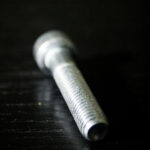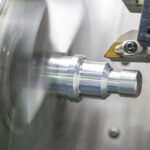
Do you work in the construction industry or the mechanical industry? If so, you’re probably familiar with threaded rods. These are used to join two objects together such as metal or wood. As the name implies, the rod is threaded throughout its whole length. This helps make it strong and durable. Threaded Rod Basics Generally,… Read more »








